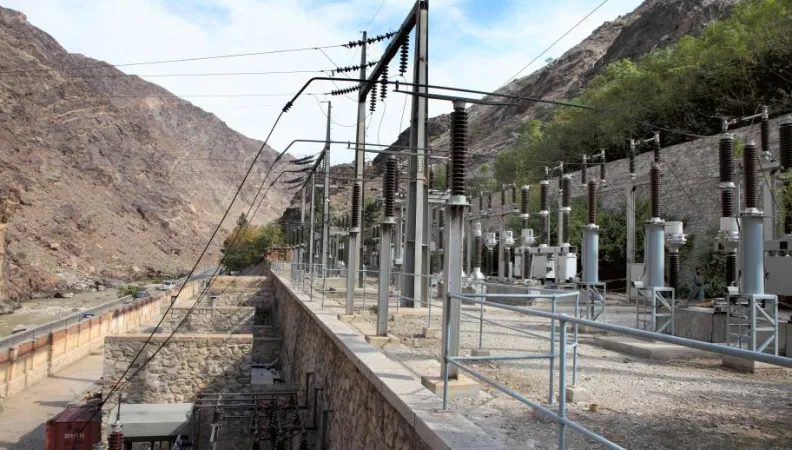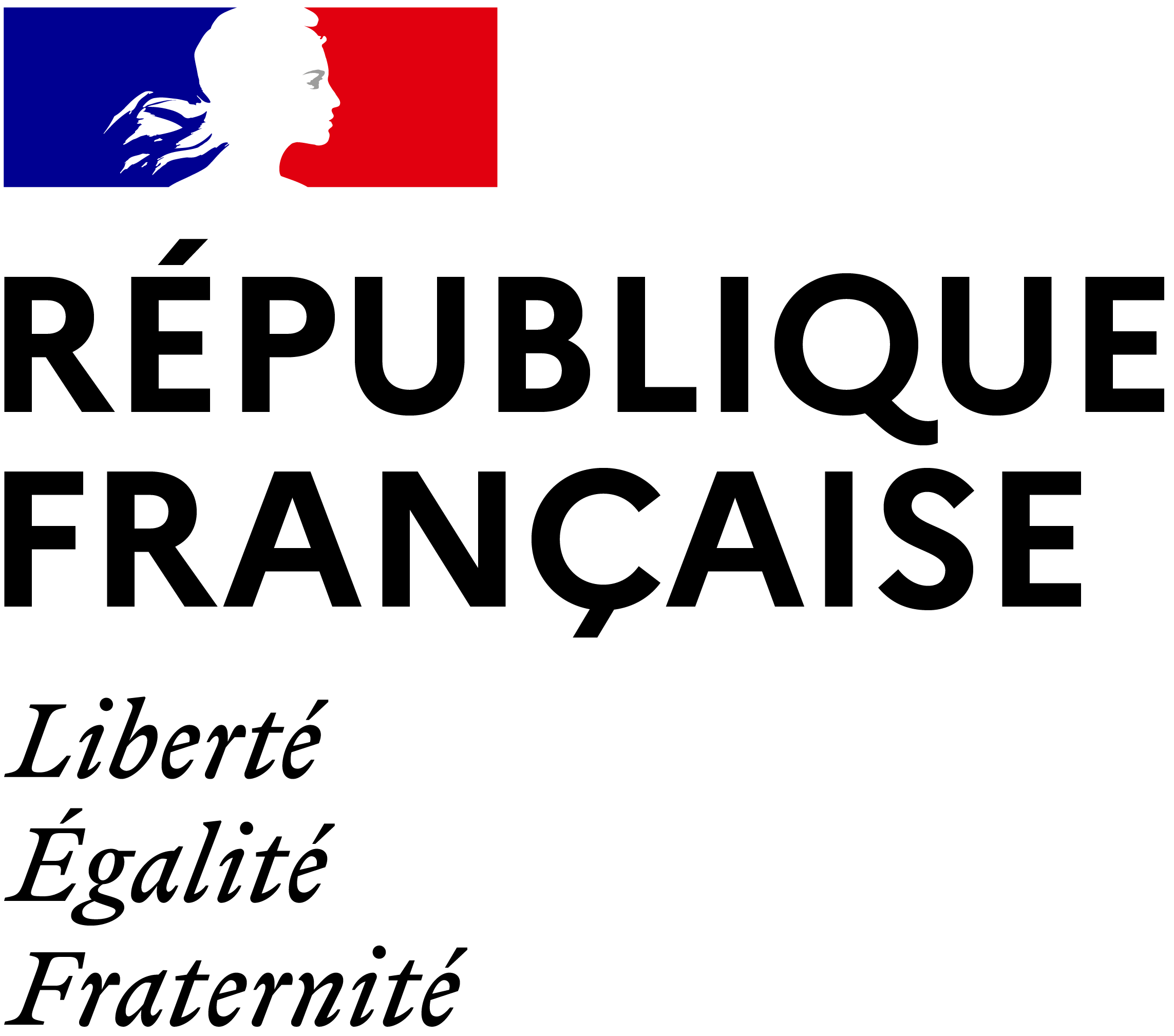Share the page
Strengthening the electricity distribution network in Zambia
Project


-
Project start date
-
Status
Ongoing
-
Project end date
-
-
Project duration
-
20 years
-
AFD financing amount
-
€ 40 000 000
-
Country and region
-
Location
-
Province Sud
-
Type of financing
-
Partners
-
KfW, European Union
-
Beneficiaries
-
ZESCO (Zambia Electricity Supply Corporation)
A project aimed at increasing access to less costly and less polluting sources of energy for business and households currently using traditional sources (generator, paraffin oil, candles, fire wood).
Context
Only 22% of the Zambian population is connected to the electricity grid; this rate drops to 5% in rural areas. The vast majority of the population is using polluting and costly energy sources (gasoil, paraffin oil, and candles) even though electricity in the country is provided at very competitive rates. Bearing in mind this challenge, the Zambian government is aiming at tripling the rate of access to electricity in order to reach 70% of the population by 2030.
Description
The project is located in four provinces that fall within ZESCO’s southern region. The region, which represents half of the country's surface area and half of its population, was neglected by the electrification policy until now: access rate to electricity is only 10% on average, with a range oscillating between 4% and 17% depending on the provinces.
In this context, the project aims at improving the performance of the energy grid and network, and at increasing access to electricity for populations, small business and public institutions (health centres, schools, etc.).
One of the project components will be dedicated to extending the supply and transmission grid which covers the last 30 metres separating the grid from the final consumer, as well as the electric meter (all rolled out meters will be prepaid).
Impacts
- Business and households currently using traditional energy sources (generator, paraffin oil, candles, fire wood, etc.) will have access to less costly and polluting energy;
- The amount of electricity used will increase and energy uses will diversify (radio, telephone charging, if not refrigeration). On this level, the project will improve the well-being of over 60,000 people;
- The project will contribute to reducing inequalities in terms of access to energy between the various territories, by developing currently marginalised grid areas.


